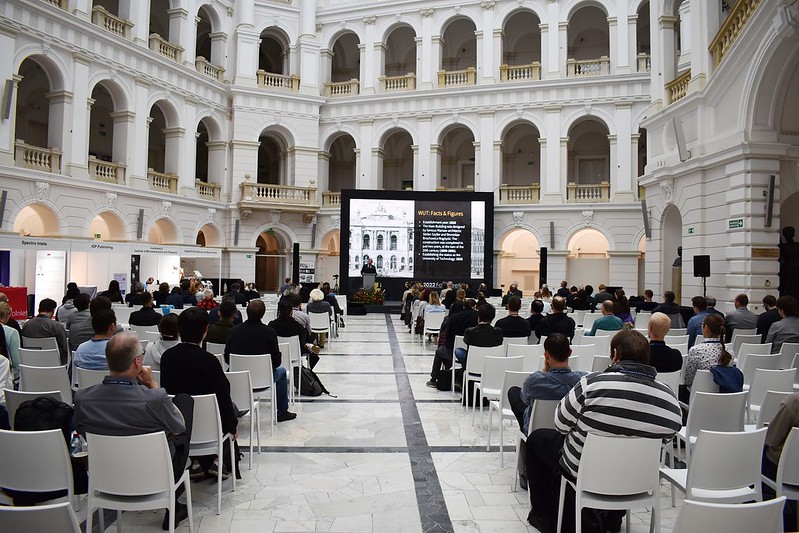European Materials Research Society
Warsaw (Poland), 2022, 19-22 September
Various theoretical and computational methods have been developed and utilized to understand and design novel functional materials and nanostructures in the past years, revealing several fascinating physical effects with diverse potential technological applications.
This symposium has aimed to gather scientists developing and combining various theoretical, computational, and experimental characterization approaches to study and design functional materials for their potential in green energy, sensing and catalysis applications. It has addressed researchers from computational and experimental materials science and engineering, condensed matter physics, quantum chemistry, applied mathematics and high-performance scientific computing.
The materials theory and methods category includes the modelling from ab initio methods (e.g., quantum chemistry, density functional theory (DFT), time-dependent DFT and non-adiabatic molecular dynamics), semi-classical and classical approaches (and their combinations with quantum approaches), machine-learning assisted approaches, etc. The structure modelling includes bulk semiconductors, transition metals and transparent conducting oxides, polymers and perovskites, thermoelectrics, low dimensional materials (carbon nanotubes, graphene, transition metal dichalcogenides and other nanoflakes and single-molecule films). Physical processes involving coupled-electron-ion dynamics will be covered, going beyond the Born-Oppenheimer approximation.

Leave a Reply